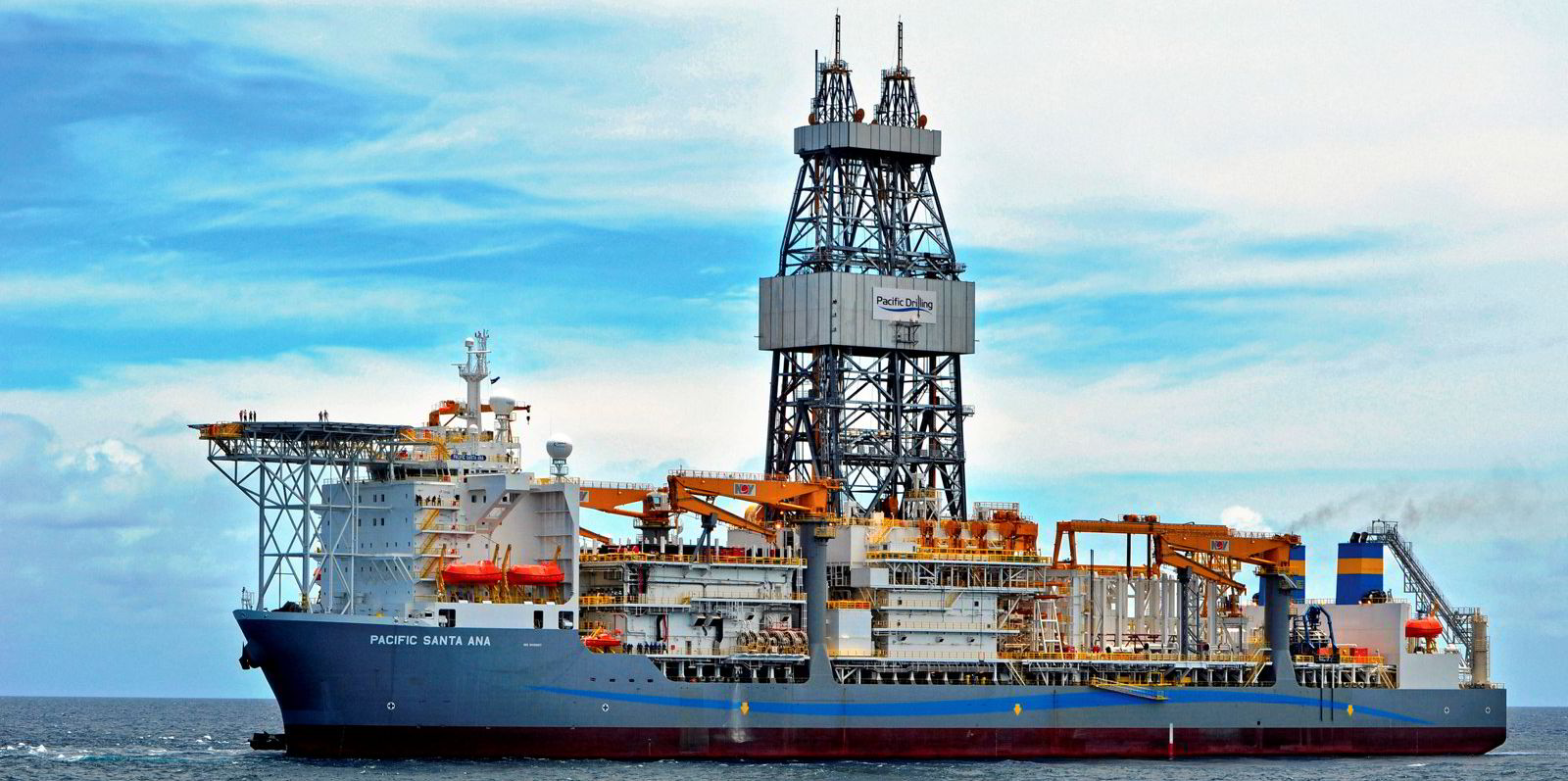Future Oil-Gas production big question mark

What next for emerging oil producing countries like Suriname?
eyesonsuriname
Amsterdam, Feb 16, 2023 — The global demand for fossil fuels appears to be almost stagnant. Thanks to solar panels, wind turbines and electric cars, the world will use less fossil fuels in the coming years.

“It is only the first step in the energy transition, but it is an important moment.” When Russia invaded Ukraine last year and the energy crisis erupted, this also led to great concerns about the climate.
Instead of Russian gas, we in Europe and perhaps elsewhere would start using more coal, the energy transition might take a big hit and the climate targets seemed further away than ever.
Those concerns seem to have been premature, according to a pile of studies that have appeared in recent weeks and months. Partly thanks to the crisis, the energy transition has gained momentum and our use of fossil fuels has reached a peak or at least a plateau.

In the coming years, emissions from our use of oil, coal and gas will also slowly but steadily decrease.
This is evident from reports from, among others, the International Energy Agency ( IEA ) , oil giant BP and the data company Rystad Energy.
It means a new phase in the battle to keep our world livable. Now comes the long and difficult decline in fossil fuel use.
How fast and sharp that fall will be determines how warm it will be in the future and how far the sea level will rise.
Gas demand is still uncertain It is remarkable that BP also sees a peak in fossil emissions.

Like other oil and gas companies, the British oil giant booked a record profit in 2022 thanks to the energy crisis.
As a result, the company’s emissions are falling less quickly than previously anticipated.
But the research arm of the same BP sees oil demand remaining flat or declining in the coming years, thanks to the rapid growth in the number of electric cars.
The demand for natural gas, meanwhile, is a big question mark. In a conservative scenario it will continue to rise until 2040, but in two scenarios with more ambitious climate policy it will start to fall around 2025 or 2030.
The IEA also works with three different scenarios for global energy use.

With current policies, fossil fuel use will begin a slow decline around 2025, the agency predicted in October. It was the first time that the IEA saw a peak in the most conservative scenario. With the more ambitious climate plans that countries have already announced, or in a scenario with even stricter climate policies, the use of coal, oil and gas will fall faster.
Then most of the energy will be renewable somewhere between 2030 and 2040. ‘Green’ investments on the rise The IEA has been warning for years that not enough is being invested in clean energy. Billions ( trillions ) of extra euros must be invested to green up so quickly that global warming can be limited to 1.5 degrees.
That started slowly, but market researcher bloomberg NEF recently reported that investments in the energy transition are now at the same level as investments in fossil fuels.

This is largely due to the growing industry that produces and installs solar panels and wind turbines. But investments in electric transport are also on the rise. This leads to less demand for oil and more for (green) electricity.
Sustainable electricity is growing fastEspecially in the generation of electricity, greening is going the fastest.
This is best seen by looking at the extra power stations that are added every year. Where many coal and gas-fired power stations were built at the beginning of the century, now almost only solar and wind farms are added to the global power grids. Fossil power plants are still being built here and there, but worldwide about the same number of those plants close, according to figures from Ember. The net amount of fossil electricity therefore remains the same. Is exponential growth here to stay?

The big question now is how fast the growth of solar and wind energy will continue, and how quickly we will get rid of fossil fuels.
The predictions on this vary widely. The American Rocky Mountain Institute (RMI ) has a very optimistic view. Energy analyst Kingsmill Bond of the RMI is convinced that fossil emissions have already peaked in 2019.
We are now on a plateau from which we will soon descend rapidly, he thinks.
Bond emphasizes that reaching the fossil peak is “only the first step in the energy transition”. “But it is an important moment that we have more than a century to end growth.”

Bond expects solar and wind energy to continue to grow exponentially as they continue to become cheaper. It is already cheaper to get electricity from solar and wind than from fossil fuels almost everywhere on earth.
Renewable energy will follow the same path like the computer since the 1980s, according to Bond. For a long time PCs were too expensive, but suddenly everyone had one on their desk and now they’re in our pockets too.

Unlike the RMI, the IEA and BP are going expects solar and wind growth to level off, but according to Bond, it’s an iron law of technology that solar panels, electric cars and heat pumps will continue their rapid growth, so he’s not worried about plans by oil companies to increase production.
“You don’t consume more oil because BP produces more of it. You consume less because you buy an electric car. We really need to focus our thinking on the question.”
eyesonsuriname









